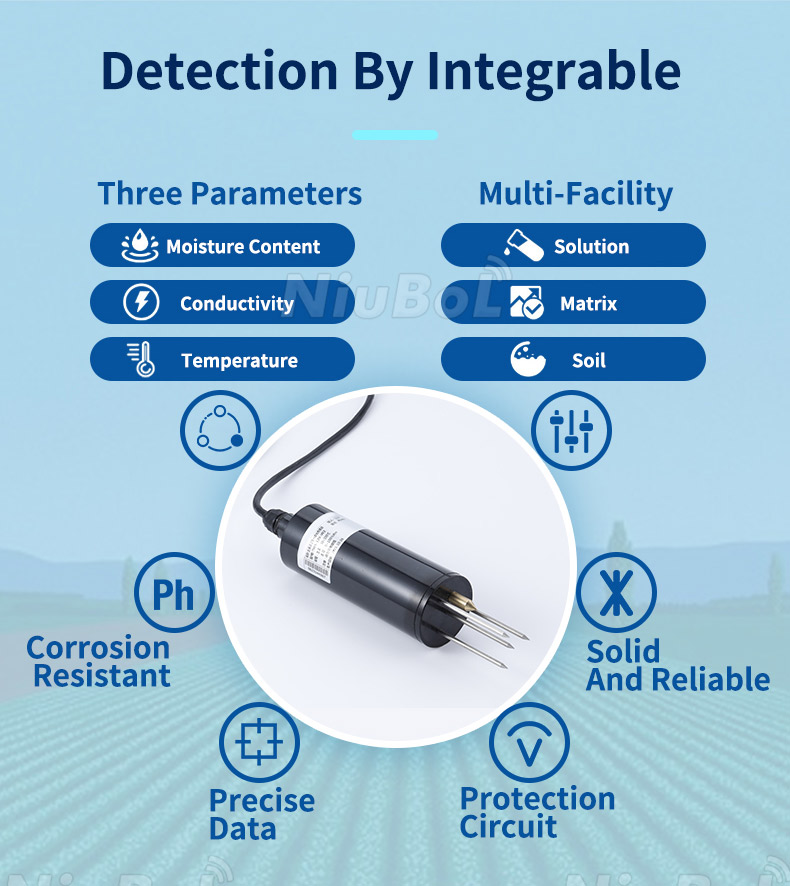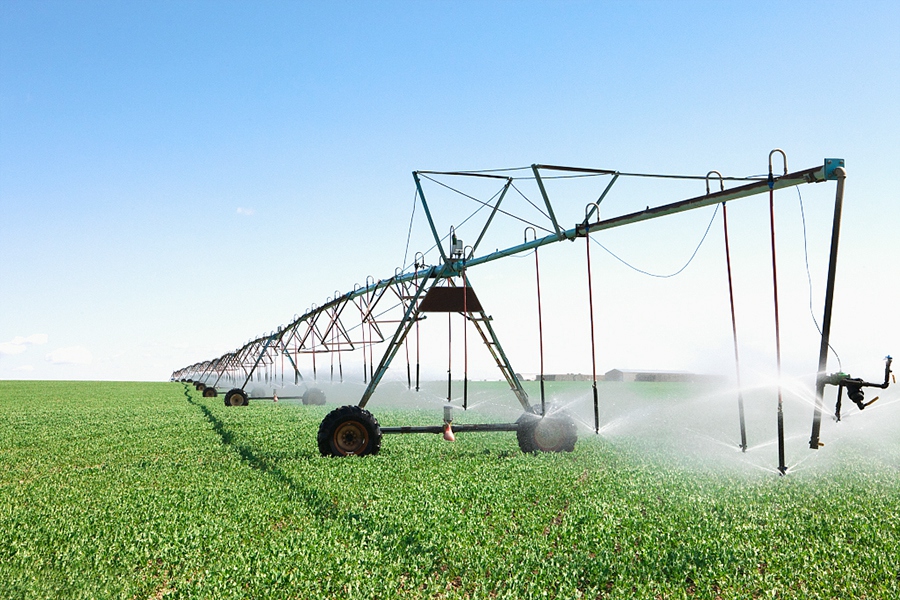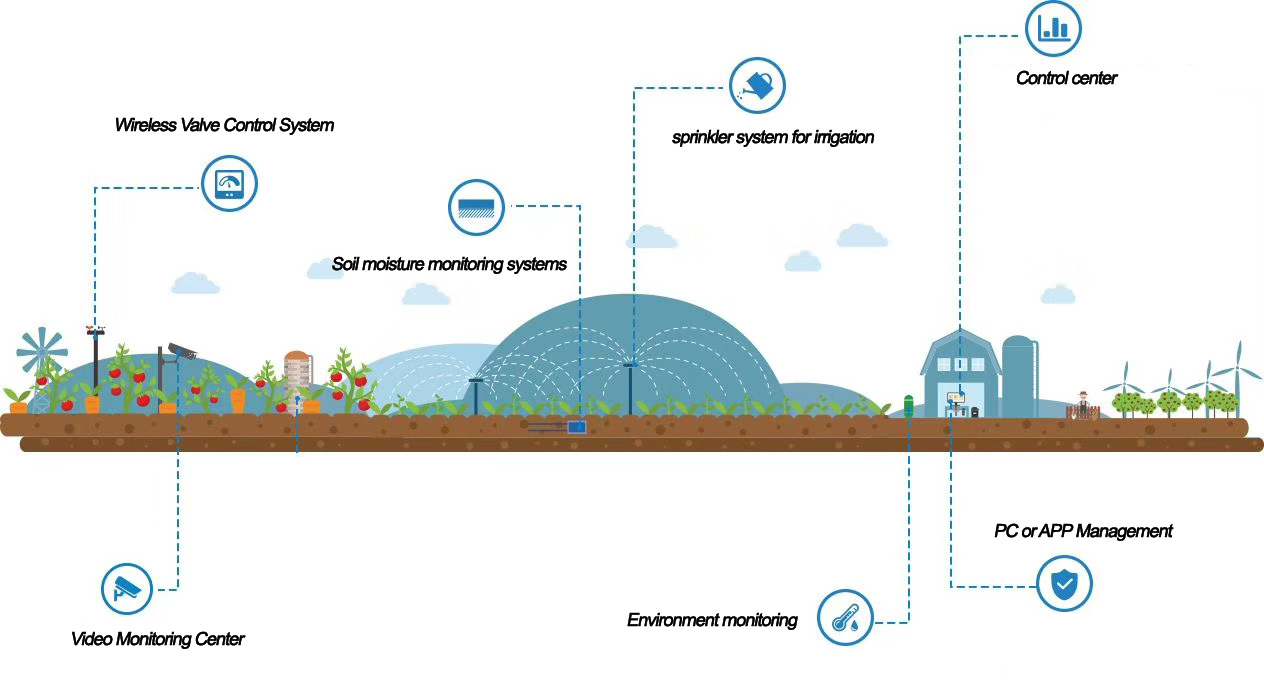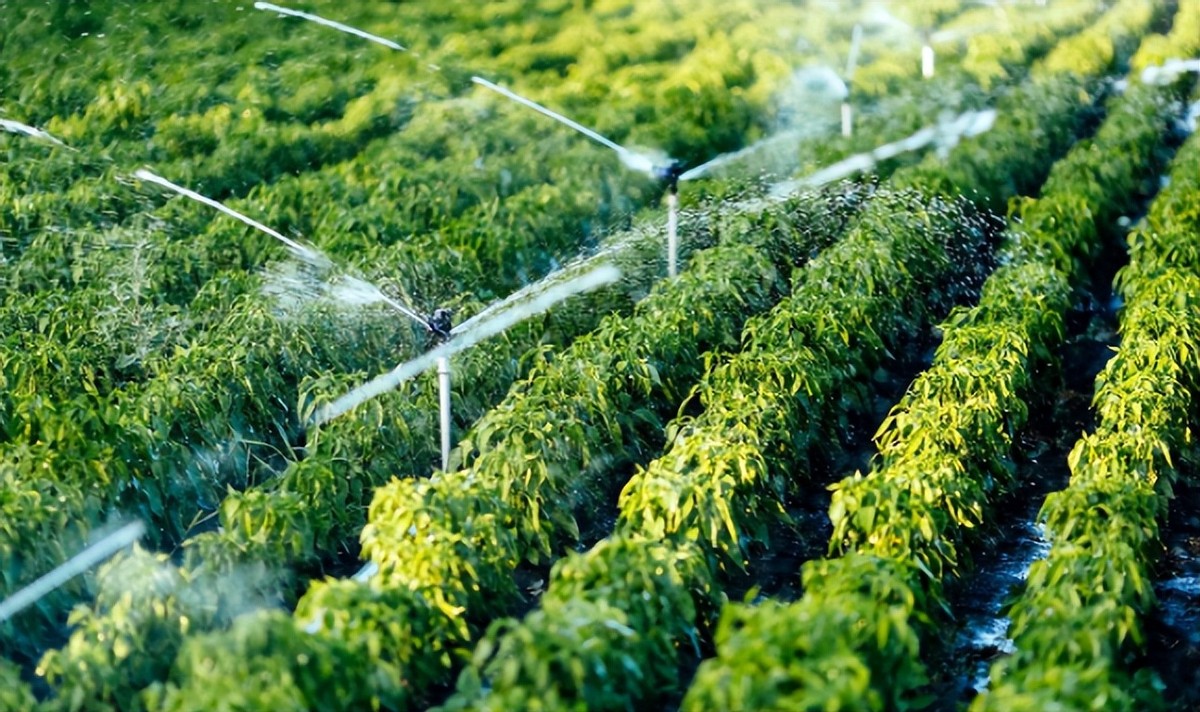

— Blogs —
—Products—
 Consumer hotline +8618073152920
Consumer hotline +8618073152920 WhatsApp:+8615367865107
Address:Room 102, District D, Houhu Industrial Park, Yuelu District, Changsha City, Hunan Province, China
Product knowledge
Time:2024-01-07 18:30:41 Popularity:1222
1. Choose a suitable installation location: in order to obtain accurate soil moisture data, the moisture sensor should be installed on a flat, hard and not easily changed plot, and needs to be far away from obstacles such as buildings, trees and utility poles. At the same time, in order to facilitate subsequent irrigation management, the installation location should be as close as possible to the water source and power supply.
2. Soil conditions: Before installation, the soil should be preliminarily processed, such as removing weeds, stones and other obstacles, and ensure that the soil looseness and humidity is moderate, so as to facilitate the insertion of the sensor and the accuracy of the data.
3. Sensor insertion depth: According to the type and texture of the soil, you need to choose the appropriate insertion depth. Generally speaking, the sensor insertion depth should be about 10-20 centimeters, but deeper or shallower insertion depths may be needed in some clay soils.
4. Cable arrangement: The cable of the sensor should avoid contact with water, fertilizers and pesticides to avoid corrosion and damage. At the same time, the cable should be as straight and regular as possible, avoid bending and winding to reduce signal interference and loss.

5. Bracket and protection facilities: If the sensor needs to be installed in the open area outside the farmland, you can consider setting up a bracket or protection facilities, such as the installation of the sensor bracket, construction of the protection box, etc., in order to protect the sensor from the wind and rain, and other natural factors such as damage.
6. Power and signal connection: During the installation process, you need to ensure the reliability and stability of the power and signal connections. The power cord should be connected to a stable power source, and you need to use the appropriate power plugs and sockets. Signal lines should be connected to the appropriate interface, and need to use the appropriate connectors and cables.
7. Post-installation calibration: After installation, the humidity sensor needs to be calibrated to ensure its accuracy and stability. You can use a standard hygrometer or other calibration equipment to calibrate the sensor, and record the calibration results for subsequent reference and maintenance.
In summary, the installation of a moisture sensor irrigation system requires attention to a number of aspects, including the selection of a suitable installation location, treatment of soil conditions, sensor insertion depth, cable layout, setup of brackets and protective facilities, reliability of power and signal connections, and post-installation calibration. Only by taking these factors into account and following the correct steps for installation can we ensure the accuracy and stability of the moisture sensor irrigation system and improve irrigation efficiency and water use efficiency.

Moisture sensor irrigation system is suitable for a variety of agricultural scenarios, the following are some common application scenarios:
1. Greenhouse agriculture: Humidity varies greatly in greenhouse environments, requiring precise control of humidity to promote plant growth. The humidity sensor irrigation system can monitor the soil humidity and air humidity in the greenhouse in real time, and automatically adjust the irrigation water volume and ventilation equipment according to the needs to maintain a suitable humidity environment.
2. Orchard and garden irrigation: Plants in orchards and gardens need a moderate supply of water, and soil moisture is a key factor in determining water supply. Moisture sensor irrigation system can monitor soil moisture in real time and automatically irrigate when needed, avoiding over-irrigation or under-irrigation, saving water and promoting healthy plant growth.
3. Vegetable planting: Vegetables need to maintain proper soil moisture during growth to promote root development and plant growth. The humidity sensor irrigation system can automatically adjust the irrigation water volume according to the real-time monitoring data of soil humidity to ensure the water supply needed for vegetable growth.

4. Field agriculture: In field agriculture, changes in soil moisture have an important impact on crop growth and yield. Moisture sensor irrigation system can monitor soil moisture in real time, and according to the crop growth demand and soil conditions, reasonably adjust the amount of irrigation water, improve water utilization efficiency and promote crop growth.
5. Agricultural irrigation in arid and semi-arid areas: In arid and semi-arid areas, water resources are limited, and rational use of water resources is a necessary condition for agricultural production. The humidity sensor irrigation system can monitor soil moisture in real time and automatically control the irrigation water volume according to the soil moisture condition, effectively utilizing limited water resources and improving irrigation efficiency.
6. Scientific research and teaching experiments: in agricultural research and teaching experiments, the precise control of soil moisture is an important guarantee of the accuracy of the experimental results. Moisture sensor irrigation system can provide real-time, accurate soil moisture data, which is convenient for researchers and teachers to carry out experimental design and data analysis.

In conclusion, the Moisture sensor irrigation system is suitable for a variety of agricultural scenarios that require precise control of soil moisture, including greenhouse agriculture, orchard and garden irrigation, vegetable cultivation, field agriculture, agricultural irrigation in arid and semi-arid areas, as well as scientific research and teaching experiments. Through the application of this system, the efficiency of agricultural production and the efficiency of water utilization can be improved, and the sustainable development of agriculture can be promoted.
Related recommendations
Sensors & Weather Stations Catalog
Agriculture Sensors and Weather Stations Catalog-NiuBoL.pdf
Weather Stations Catalog-NiuBoL.pdf
Related products
 Combined air temperature and relative humidity sensor
Combined air temperature and relative humidity sensor Soil Moisture Temperature sensor for irrigation
Soil Moisture Temperature sensor for irrigation Soil pH sensor RS485 soil Testing instrument soil ph meter for agriculture
Soil pH sensor RS485 soil Testing instrument soil ph meter for agriculture Wind Speed sensor Output Modbus/RS485/Analog/0-5V/4-20mA
Wind Speed sensor Output Modbus/RS485/Analog/0-5V/4-20mA Tipping bucket rain gauge for weather monitoring auto rainfall sensor RS485/Outdoor/stainless steel
Tipping bucket rain gauge for weather monitoring auto rainfall sensor RS485/Outdoor/stainless steel Pyranometer Solar Radiation Sensor 4-20mA/RS485
Pyranometer Solar Radiation Sensor 4-20mA/RS485
Screenshot, WhatsApp to identify the QR code
WhatsApp number:+8615367865107
(Click on WhatsApp to copy and add friends)
